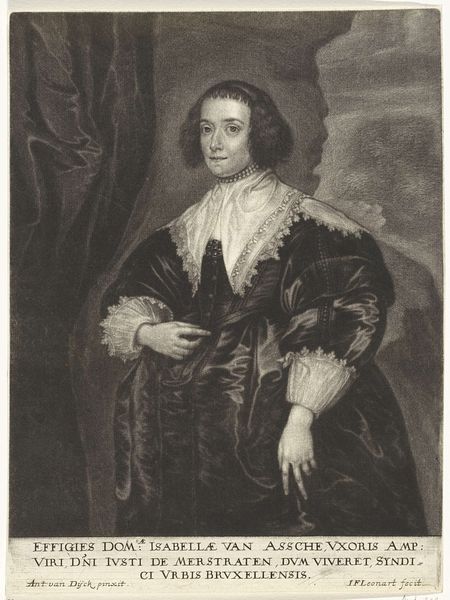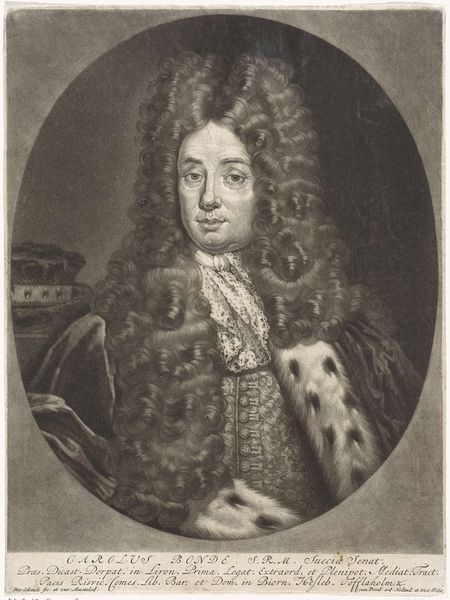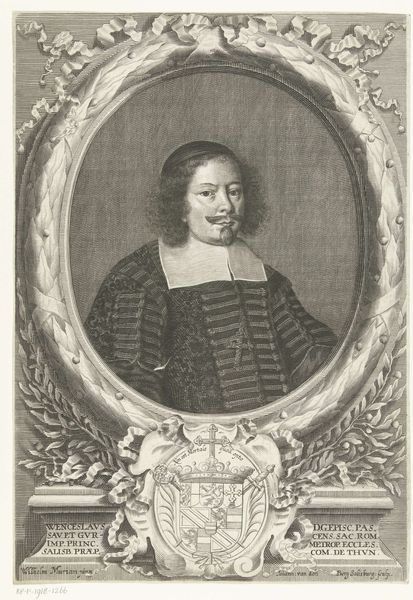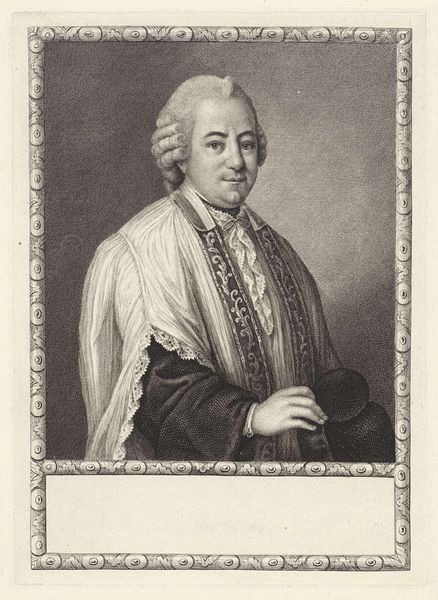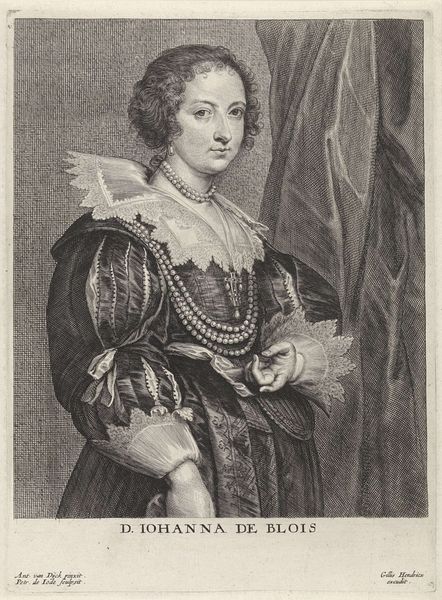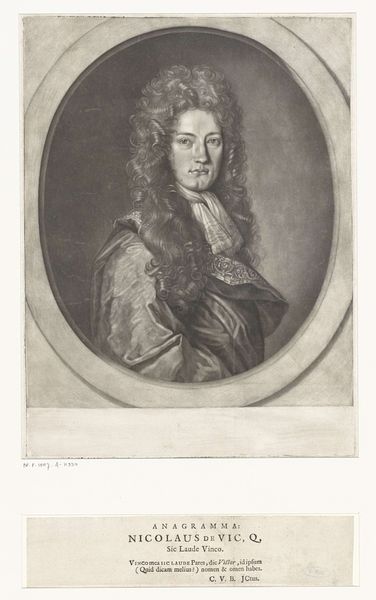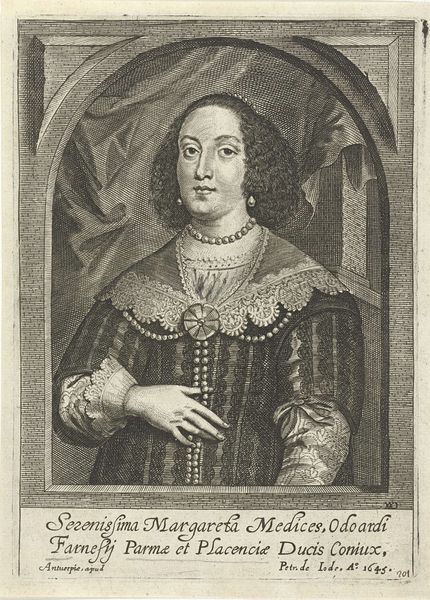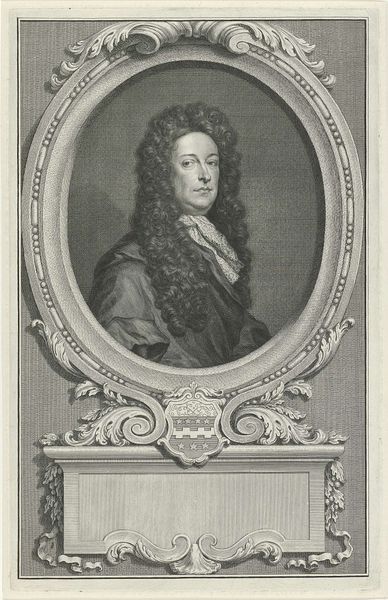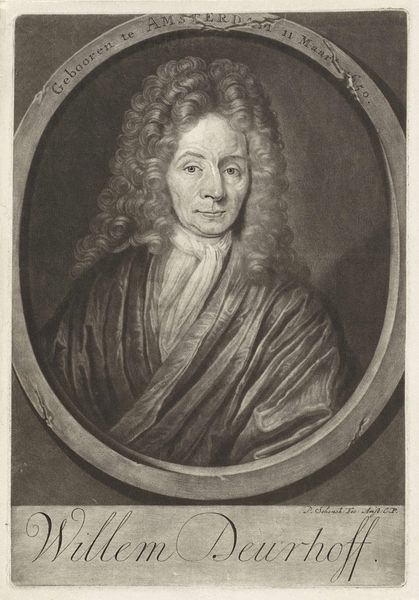
painting, oil-paint
#
portrait
#
painting
#
oil-paint
#
figuration
#
romanticism
#
history-painting
#
academic-art
Dimensions: 70.2 x 58.8 cm
Copyright: Public domain
Curator: Take a look at this portrait, "Female Portrait," painted in 1820 by Orest Kiprensky. The medium is oil on canvas. Editor: My first thought is: pensive. There’s such a stillness about her face. She looks off to the side as if something, maybe a dream, has just caught her attention. Curator: The historical context is important here. Kiprensky was a prominent figure in the Russian Romantic movement, and portraiture offered a lucrative source of income during this period. We can delve into how social demand shaped the subjects he chose. Also, Romanticism allowed artists to infuse emotion into their representations. Editor: And he really nailed it. The dark background intensifies her gaze, doesn’t it? That frilly white collar...it's like a cloud around her face. I am drawn in. You start wondering who she might be, what she's thinking. I get lost in the subtleties here. It almost feels like a glimpse into someone’s inner life. Curator: Focusing on technique, observe Kiprensky's use of light and shadow, a clear product of the academic style he embodied and learned formally. But contrast the control with the red cloth. What's your perspective on his choices as to composition? The interplay here demonstrates his masterful blending of Academic artistic practices with Romantic expressiveness. Editor: Absolutely, it keeps the painting alive. A splash of feeling breaking through the expected formality. For me, I think it’s a very honest work, even down to the muted tones. Nothing’s too showy; it’s the quiet details that reveal character. You know? The fact it seems unfinished also heightens my senses to it. Curator: So, it's the tension between control and expression, technique and feeling, that you find appealing, that moves you here. What this piece shows for me is the demand for Kiprensky's portraits at that point in time: and a product, which is the artist following an established formula while trying to also create individual artistry. It makes one contemplate the impact that patronage had in terms of both material production and the artist. Editor: That's exactly it. A lovely push-pull. A face from the past inviting us into the now, into ourselves, in some curious way.
Comments
No comments
Be the first to comment and join the conversation on the ultimate creative platform.
